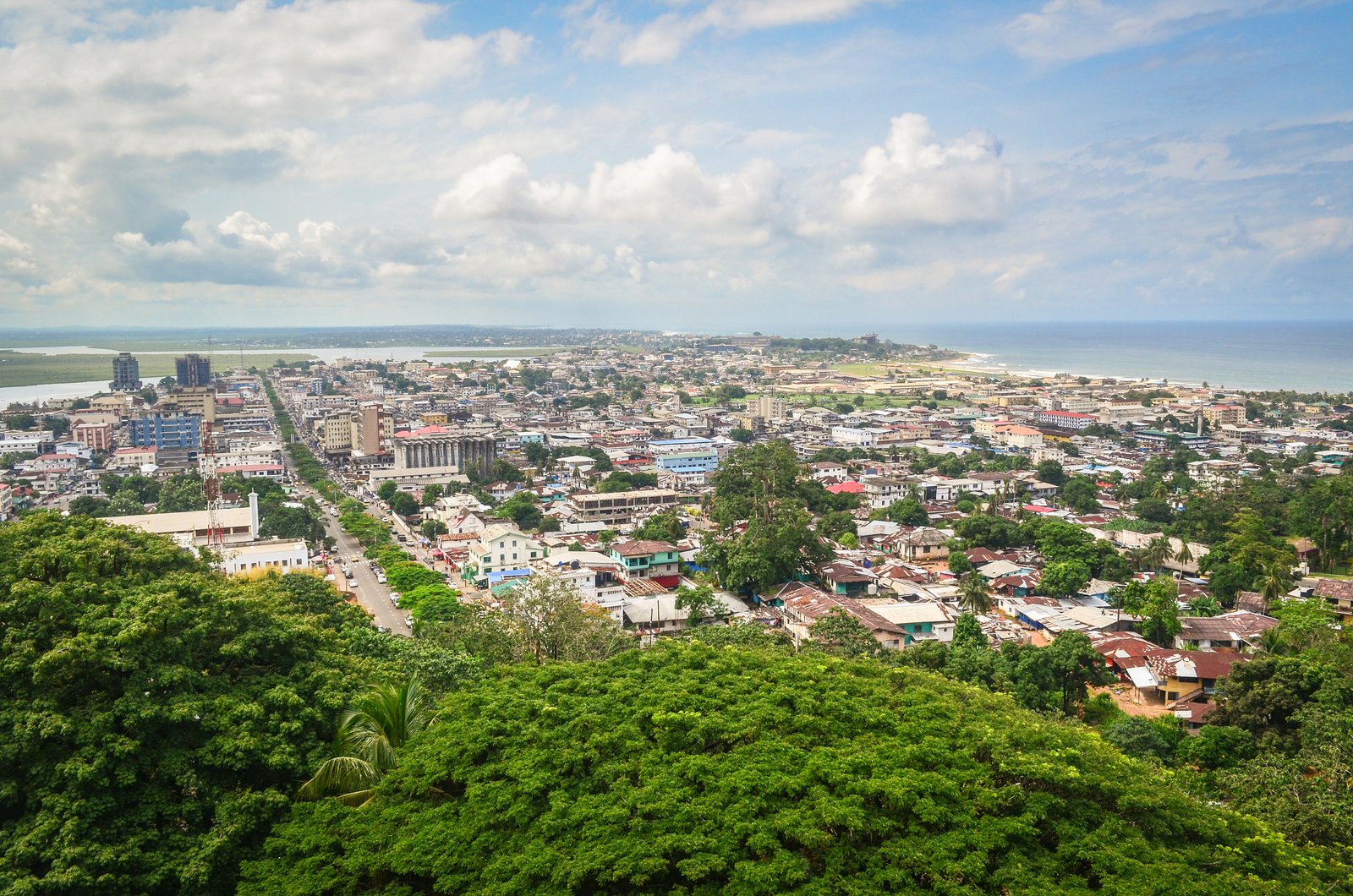Perched on the western coast of Africa is Liberia—a nation born out of a bold experiment in freedom and shaped by a complex history. Established in the early 19th century by freed African‑Americans, Liberia crafted its identity around ideals of liberty and self‑determination. Monrovia, its capital, proudly bears the name of United States President James Monroe, reflecting origins steeped in ties to the American experiment.
A History of Duality
Liberia’s early years saw rapid economic growth and emerging institutions, but its social fabric bore deep fissures. The settlers, known as Americo‑Liberians, often held sway over politics and economics, creating distance from the indigenous majority. That tension helped sow seeds of the violent civil conflicts that erupted in the late 20th century. Over 250,000 lives were lost, hundreds of thousands displaced, and the nation endured immense trauma. Even today, scars linger—evident in the fractured trust between communities and in the slow pace of post‑war healing.
The country now faces the challenge of uniting a population that experienced years of war, displacement, and fear. Yet despite daunting odds, Liberia has made steady progress. Recovering from conflict, it has rebuilt basic services, summoned local resilience, and managed free elections. The inauguration of Liberia’s first female president, Ellen Johnson‑Sirleaf, marked an important milestone. Her tenure awakened new hope, although pervasive corruption and weak institutions tempered optimism.
Governance and Corruption
Corruption remains a major obstacle to Liberia’s progress. Public sector corruption is endemic, fueled by weak oversight, a civil service that pays little, and limited capacity to monitor and enforce laws. Though corruption violations exist within legal frameworks, enforcement is thin, and prosecuting wrongdoing is rare. That poisonous blend of impunity and dysfunction continues to sap public trust and slow development.
Labor inspectors, who should protect workers and uphold rights, are vulnerable to bribery, undermining their mission. Unregulated foreign labor inflows also spotlight the failures of enforcement—foreign workers often receive better pay and opportunities than Liberian counterparts, fostering resentment and inequality. Without stronger regulation, poorer local workers risk being marginalized.
Economic Landscape
Liberia is often portrayed as resource‑rich yet poverty‑stricken, resource potential undermined by institutional weakness. In recent years its economy has registered modest growth—around five percent in 2024—fueled by mining, agriculture, rubber production, and expanding services. Gold and iron ore exports have surged, while agriculture has slowly recovered with improved rubber yields.
That growth, however, remains a double‑edged sword. Though poverty appears to have fallen—extreme poverty dropped from nearly 41 percent to around 26 percent between 2022 and 2024—inequalities and vulnerabilities remain entrenched. Inflation, still hovering in double digits, and food insecurity pose daily threats to working families. The informal economy continues to dominate—more than three quarters of Liberians rely on subsistence farming, small‑scale trade, or informal labor. Those livelihoods often mean unstable wages, lacking health and safety protections, and little social insurance.
Working Conditions and Labor Rights
Liberia’s labor laws paint an encouraging picture on paper. Workers are entitled to a 48‑hour week, paid overtime, leave, social security contributions, workplace safety, and the right to unionize. Minimum wages exist—about 0.68 USD per hour in formal sectors—and a structure exists for pension and injury benefits. Workers can form unions and bargain collectively, excluding public servants, and strikes are legally permitted under framework rules.
In reality, compliance is weak, especially in informal sectors and rural industries like mining, agriculture, logging, and fishing. Labor inspectors are few, face political pressure, lack enforcement tools, and inspectors sometimes accept bribes. Occupational safety often exists in theory only, with no recourse for workers in hazardous jobs. Child labor and forced labor persist in rural zones and plantations, especially among vulnerable families. Workers in mining and logging face accidents, exploitative quotas, and exploitative practices. Conditions among rubber tappers have triggered reports of forced child labor and exhaustive workloads.
Reforms in certain sectors—like the port unions—show that collective bargaining can yield real gains when backed by legal frameworks and strong representation. But most Liberians, especially in informal roles, lack access to those protections.
Social Challenges
Liberia’s public services—healthcare, education, infrastructure—remain fragile. A decade ago it fought back a brutal Ebola outbreak, leaving deep wounds among survivors and communities. Even today, access to quality healthcare is inconsistent, rural clinics are under‑funded, and malnutrition among children is widespread. When foreign aid fluctuates or donors withdraw, vulnerable families are directly affected.
Education faces similar hurdles. Quality schooling remains inaccessible to many, and child labor, gender discrimination, and poverty still limit opportunities. Women and girls face disproportionate burdens—from fewer educational chances to workplace discrimination and GBV. Though laws protect equality, enforcement is weak. Those living with disabilities, people identifying as LGBTQ, or those with health conditions like HIV encounter stigma and job discrimination.
Environment and Climate
Liberia’s lush rainforests and biodiversity are both a blessing and a vulnerability. Deforestation, unsustainable logging, bushmeat hunting, water pollution, unsanitary waste disposal, and climate threats loom large. Coastal erosion, flooding, and declining fish stocks threaten food security and livelihoods in Monrovia and rural areas. The government and partners are pushing climate‑resilient development strategies, but progress is limited by funding gaps and institutional capacity.
Culture and Identity
Liberians carry legacies of resilience and cultural richness. More than two dozen tribes contribute to a vibrant cultural mosaic. Liberian cuisine blends local staples—rice, cassava, plantains, leafy vegetables, stews—and dishes like jollof rice and fufu reflect traditional roots. Music genres range from tribal rhythms and call‑and‑response folk to modern HipCo, expressing both cultural pride and social commentary. In art, storytelling, ceremonies, and daily life, Liberians celebrate collective memory even as they build toward a different future.
Looking Forward
Liberia stands at a critical juncture. With resource potential, demographic strengths, and regional stability, the country could accelerate progress—but institutional reform, anti‑corruption measures, investment in infrastructure and education, and enforcement of labor rights are essential. If new leaders and civil society can strengthen governance, ensure equitable growth, and protect workers and the environment, Liberia might finally fulfill its original promise.
This is a story still unfolding—of a nation defined by a bold founding, tested by decades of conflict, rebuilding through resilience, and now striving for a future inclusive, stable, and just. Its success would mark a triumph of both vision and perseverance.













Comments are closed